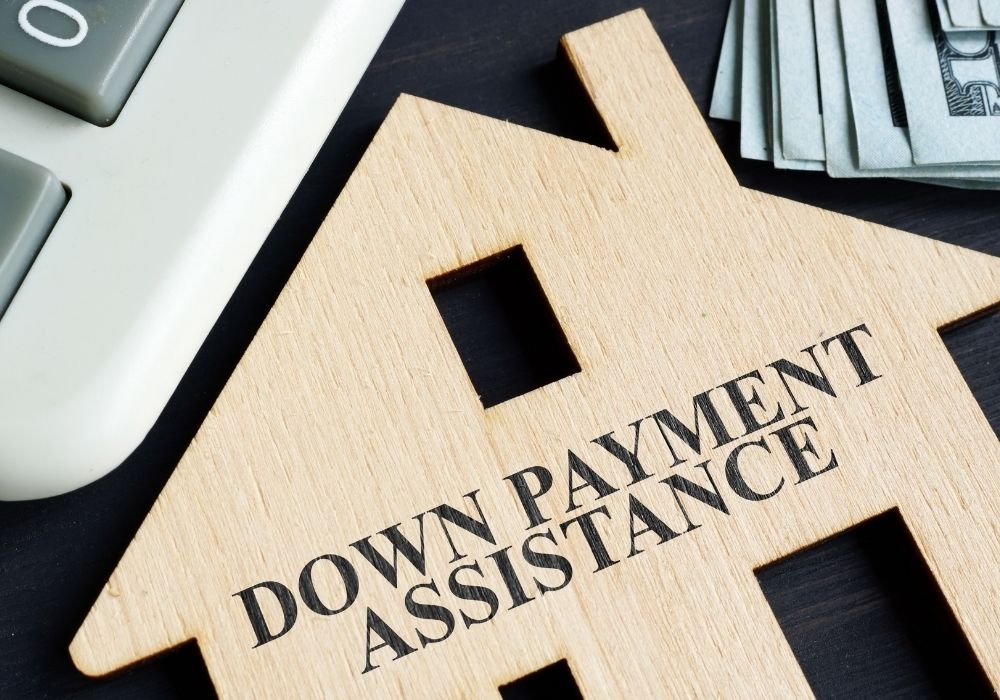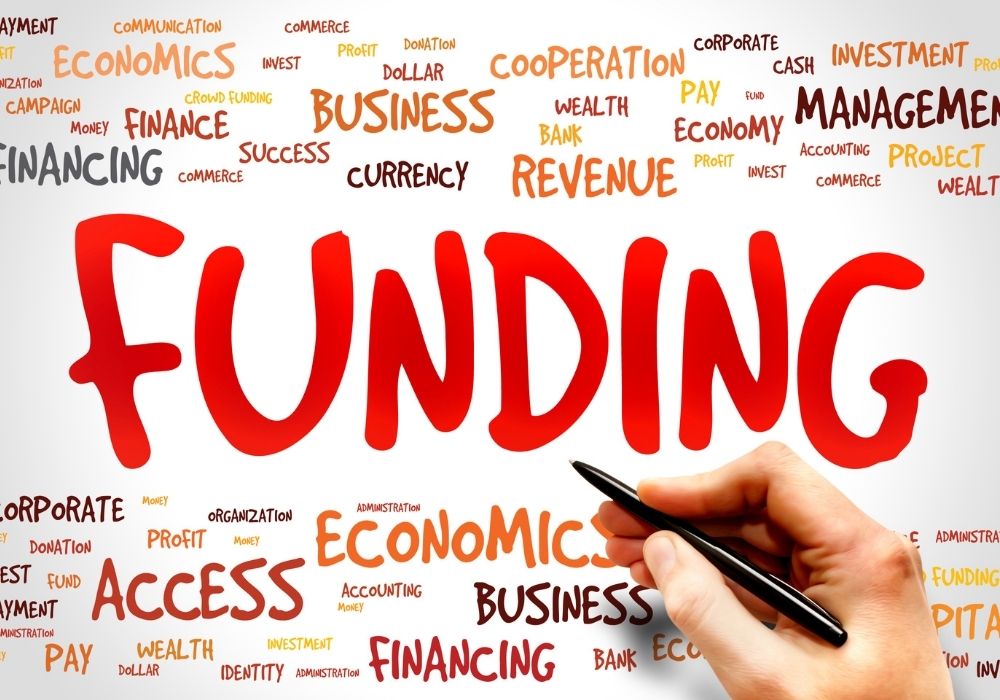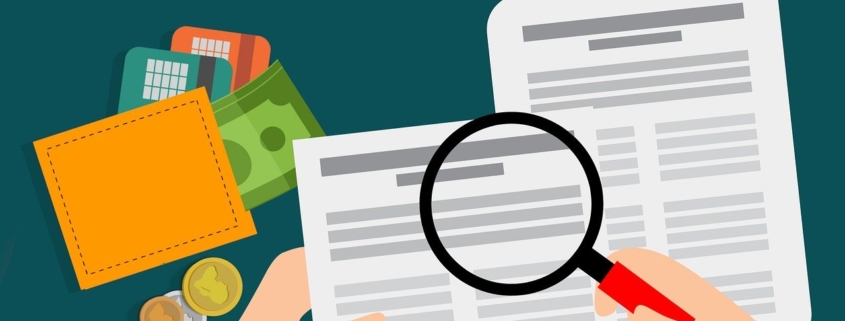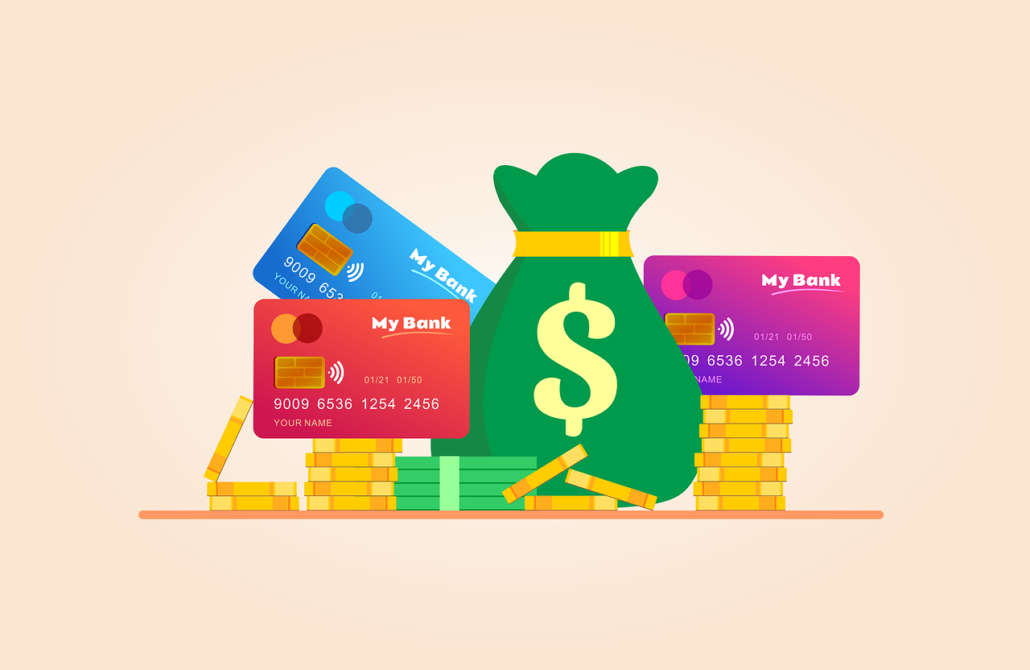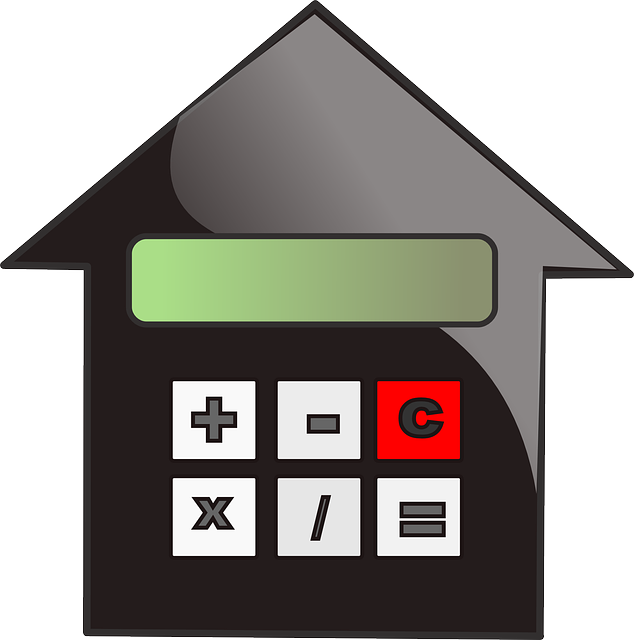Creative Financing Options
By Tod Snodgrass
https://creativetransactionfunding.com
Whether you are an experienced Real Estate Investor (REIer) or are a newbie in this industry, there exist many innovative funding techniques you can use to finance current and future deals. Generally referred to as creative financing, these terms refer to alternative or unconventional approaches that REIers may choose to utilize to acquire investment properties, using OPM: Other People’s Money.
In today’s unpredictable real estate investor landscape, it is very important to have a range of funding options at the ready before you dive into a property investment deal. Let’s face it, to be a successful REIer takes money. It does not necessarily have to be YOUR money, but before you can successfully pull off a deal, chances are SOMEONE’s funds are going to have to be brought to the table. Plan ahead. Line up funds before you need them because they have to come from somewhere.
article continues after advertisement
Make sure, before you commit to any real estate deal, that you have all your web-footed waterfowl neatly arranged in a linear fashion.
A. Lease Option: You may encounter a situation where you are not ready yet (either experience- or financial-wise) to purchase a property, either for your own personal use or as an investor. That is where the lease option can work best. Doing so provides the opportunity to purchase a property at the conclusion of a pre-arranged leasing-type agreement. This approach allows you to potentially build up equity through monthly rent payments.
The landlord benefits by earning monthly revenue. Typically, and depending on specific contract terms, a portion of the monthly rent payment is credited toward the future down payment on the house. This technique normally works best in a buyer’s market.
B. Down Payment Assistance (DPA). Many REIers are finding themselves caught in a new type of financial squeeze when it comes to the percentage of the purchase price that hard money and private lenders require that they bring to closing, i.e. “Skin-In-The-Game” (SITG) cash.
Until recently, it was possible to secure, say a 90% loan from such lenders, with the borrower required to contribute the other 10% as their SITG capital. And while those terms are still available in some cases, many REIers are waking up to a new reality: They need to bring closer to 20%-30% SITG cash to closing in terms of actual down payment money, with a general average of around 25% DP money currently required.
Upping the SITG percentage is a risk-reduction strategy employed by lenders in response to what they perceive as new uncertainties in the real estate investment marketplace, on a go-forward basis. The reality for REIers caught in this new “liquidity squeeze” is that they now may need to potentially come up with tens of thousands or even hundreds of thousands in new (SITG) investment capital above what was previously required.
Without new SITG capital, the REIer cannot close on the deal. A potential solution to this new dilemma is what we refer to as “Down Payment Assistance (equity) funding”: This is where a third party provides the needed extra SITG/DP cash in return for a modest share of the profits. See below for info about DPA.
C. Seller carryback loan. Plainly speaking, this is simply owner-provided financing. The seller acts as the lender or bank, i.e. he carries a mortgage–usually a second position loan–on the property and collects monthly payments from the buyer. Such an arrangement can be a win-win for both the buyer and the seller. Often the buyer (an REIer in this case) may be willing to pay more than the asking price in trade for advantageous loan terms on a seller carryback mortgage.
Further, the buyer is often willing to pay a higher interest rate on the seller carryback loan than the seller could earn from a CD from their local bank. Also, should the buyer default, the (previous) seller can always initiate foreclosure action and take the house back from the second position. The buyer benefits since they don’t have to go through the arduous and time-consuming chore of trying to get a bank loan; this is especially true if the buyer has a low FICO score or other credit or background issues.
article continues after advertisement
D. Buying a property “Subject-To”. What this means is that the REIer essentially takes over the seller’s remaining mortgage balance (thereby effectively “assuming the loan”) without making it official with the lender. This is a popular strategy among REIers, especially in an era of rising interest rates, since the loan being assumed probably carries a lower interest rate compared to a new (bank) loan.
Savvy REIers often employ the Subject-To method to take the place of a hard money loan. However, most REIers limit the use of Subject-To loans to relatively short-term time frames, i.e. for a few months until the REIer can either refi the loan or sell the property as part of a fix-flip strategy.
E. Hard Money: A hard money loan refers to asset-based financing where the borrower receives funds that are secured by real property. In most cases, private investors are the biggest suppliers of hard money capital, which are then funneled through hard money brokers.
While the terms (interest rate, points, time frames) of hard money loans may vary, there are several common characteristics: they are usually easier to obtain vs. a conventional bank loan; credit scores and income verification are not as important as the asset value involved; they are usually for shorter time frames (say for 6-24 months); while they charge higher interest rates, the good news is that they often can fund pretty quickly if the deal is right. They usually focus on the ARV (After Repair Value) to determine the loan terms, including important factors such as the rehab blueprints, scope of work, etc. They usually prefer to work with experienced rehabbers who have a clear plan to repay the loan within the specified time frame.
F. Cross collateral loan. This REI method assumes you already own a rental property free and clear. You want to buy another rental property. A cross collateral loan allows you to use the 100% equity in the existing property as leverage to acquire the new property you want to purchase. With cross-collateralization, the lender places a lien on both the new property and your existing property. In this way, the lender receives adequate security should you default on the loan. Basically, cross-collateralization allows you to sidestep the normal down payment requirement and/or having to take out a brand new (bank) loan.
G. Retirement accounts: Use your self-directed IRA, Roth IRA, 401-K, corporate plans as investment capital, where it is legal, prudent and appropriate to do so. Utilizing a self-directed retirement plan can empower a REIer by boosting their retirement savings, one deal at a time. Since we are talking about your retirement money, an extra degree of caution is called for. You need to possess excellent due diligence and underwriting skills in order to properly assess the potential risks involved.
H. Cash-Out Refinance. If your personal residence has a good amount of equity in it, you can unlock that equity via a cash-out refinance by tapping some of that equity. Make sure you fully understand the implications of such a loan should things not go well with your anticipated new investment. A cash-out refi may feature (more) favorable interest rates compared to a hard money loan. Also, the interest you pay is tax deductible. You need to do a risk/benefit analysis before going down this road. Regardless, if a REI deal looks very promising, and you require fast capital to make it happen, a cash-out finance can be a good way to go.
I. 203-K Loan: This unique FHA mortgage enables you to finance both the purchase (or refinancing) of a house and the cost of its rehabilitation through a single mortgage or to finance the rehabilitation of their existing home.
1. Pros:
a. Lower credit score allowed
b. Smaller down payment requirements (as low as 3.5%)
c. Can provide temporary housing while a home is being repaired
d. Lower potential interest rates, compared to similar loan types
e. Ability to combine home purchase and renovations into a single loan
f. Low down payment and credit score requirements
2. Cons:
a. FHA mortgage insurance required
b. FHA loan rates may be higher compared to conventional loans
c. Process may require meeting with a 203(k) repair consultant
d. More extensive repairs require more paperwork
e. Potential for the additional cost of architectural assessments
f. Property must be your primary residence
g. You must live in the home for 12 months before selling or renting it out
J. More creative financing methods to consider include:
1. Approach friends, relatives, etc. Options can include debt or equity.
2. Equity investors. The advantage here is that you do not have to make monthly payments because there is no loan. When the deal is done, some sort of profit split is made to compensate the investor(s).
3. Credit card advances. This can be an expensive gambit. It is only to be undertaken when you are very sure of positive, short-term outcomes. The bank may charge several points and up to 29% interest rates, so be very careful with this one.
4. Joint venture: you bring the deal, they bring the money, split the profits at the end. This is a variation on an equity-type investment.
5. Hypothecate (borrow against) a mortgage note you own. Basically, you take out a loan by pledging the note, thereby using it as collateral to secure the loan.
6. Personal asset loans: pawn some jewelry; get a car title loan, etc.
Down Payment Assistance Funding Program
Are you a Real Estate Investor Pro (REI Pro) who has a property you want to buy, with a 70% LTV or better, but you lack some of the Down Payment (DP) money needed to close the deal? You need say, 25% DP, but can only come up with 10% and need 15% more (DP money.
The good news is if your deal meets our standard criteria (70% LTV or better = 30% or more equity in the deal, etc.), CTF can provide the missing 15% in DP funding. By not having to put out all your own capital into DPs–especially if you are low on cash–you’ll be able to do more deals. With your DP source already in place, it will shorten your time for getting positive confirmation from your primary lender, and for getting more deals successfully closed.
For more information about Tod Snodgrass, please visit: https://
Thank you.
Tod Snodgrass, President
Creative Transaction Funding LLC
8322 El Paseo Grande
La Jolla, CA 92037
310 408-7015
https://creativetransactionfunding.com
Learn live and in real-time with Realty411. Be sure to register for our next virtual and in-person events. For all the details, please visit Realty411Expo.com or our Eventbrite landing page, CLICK HERE.



